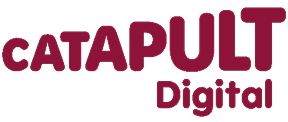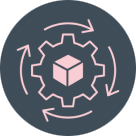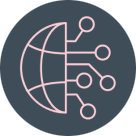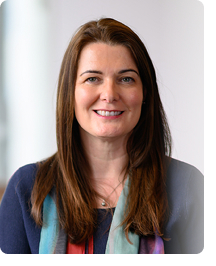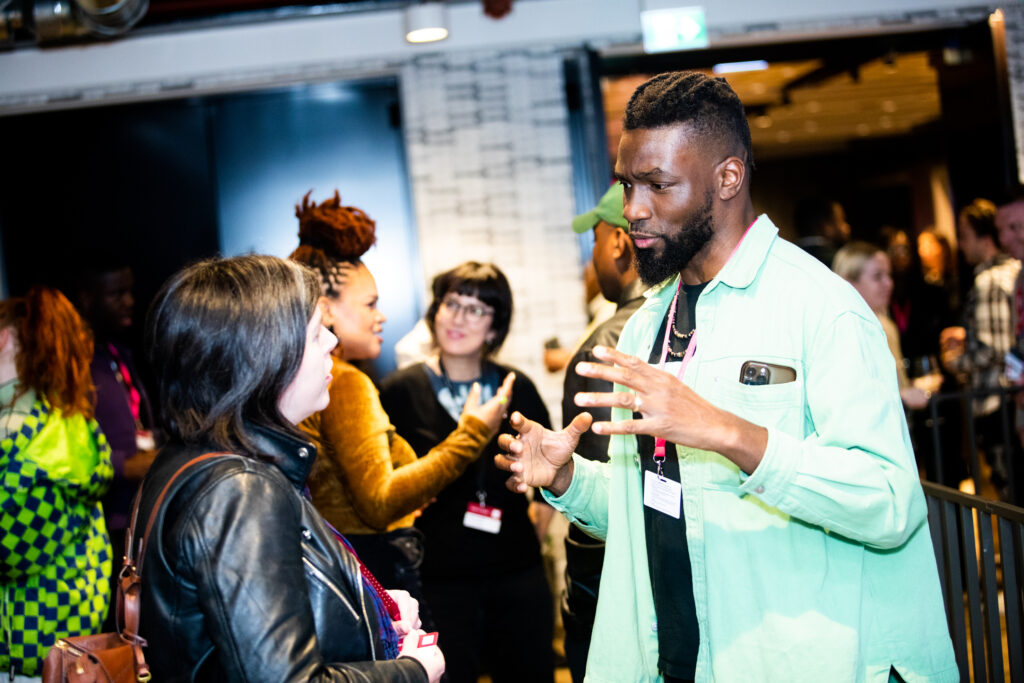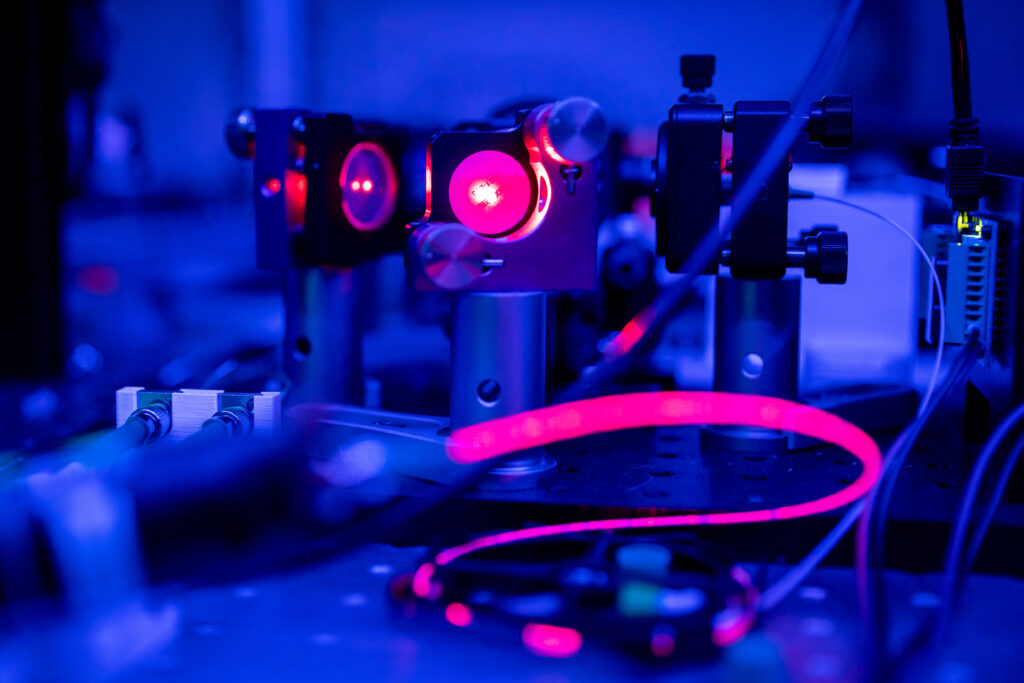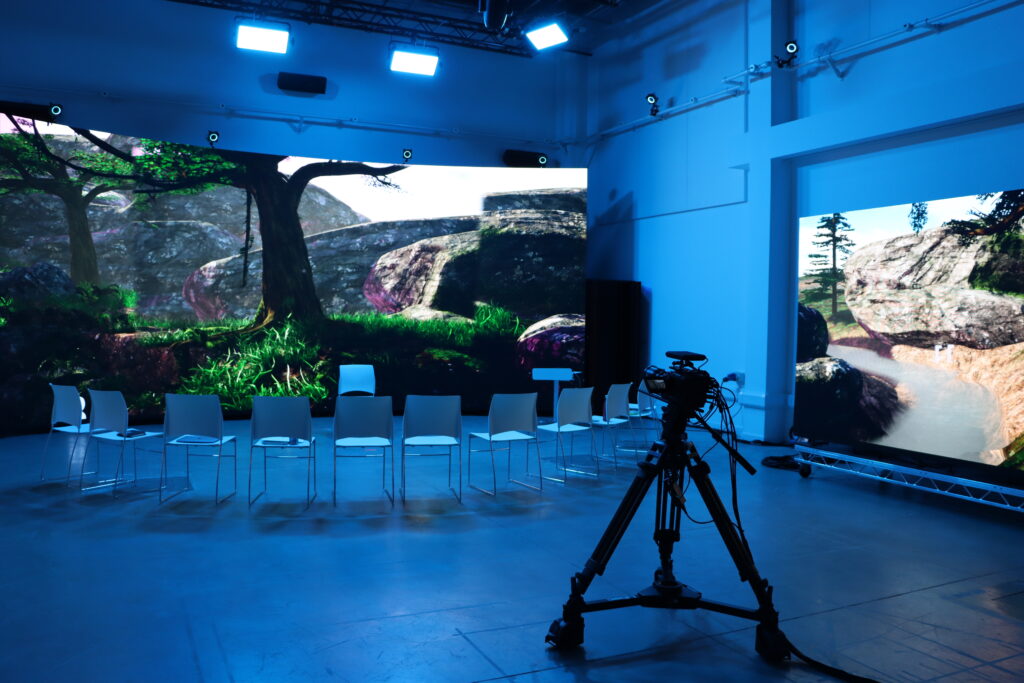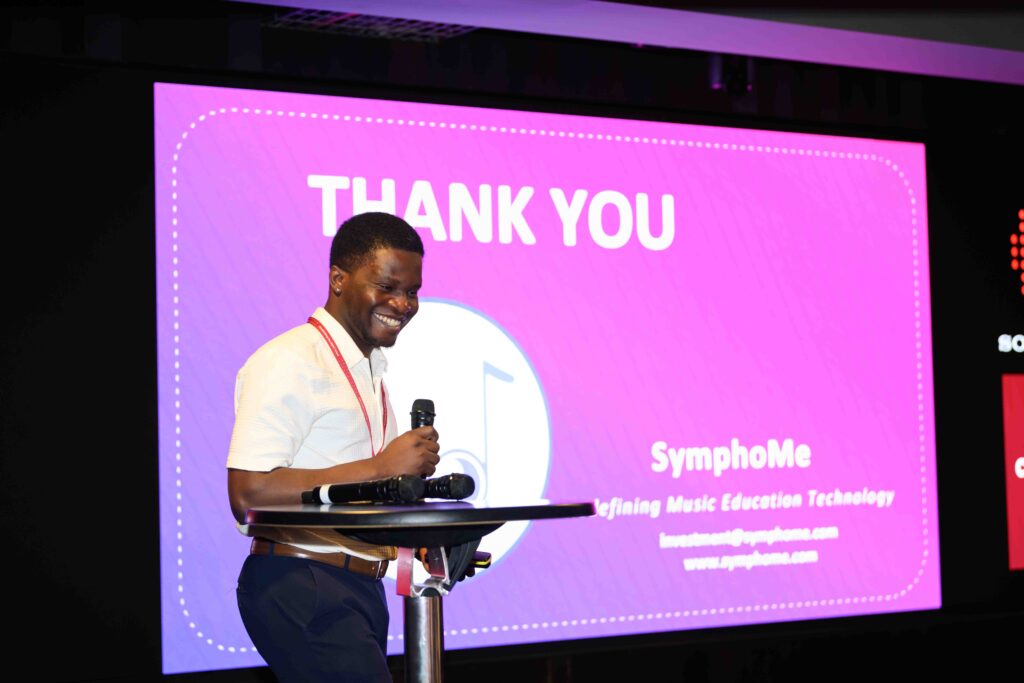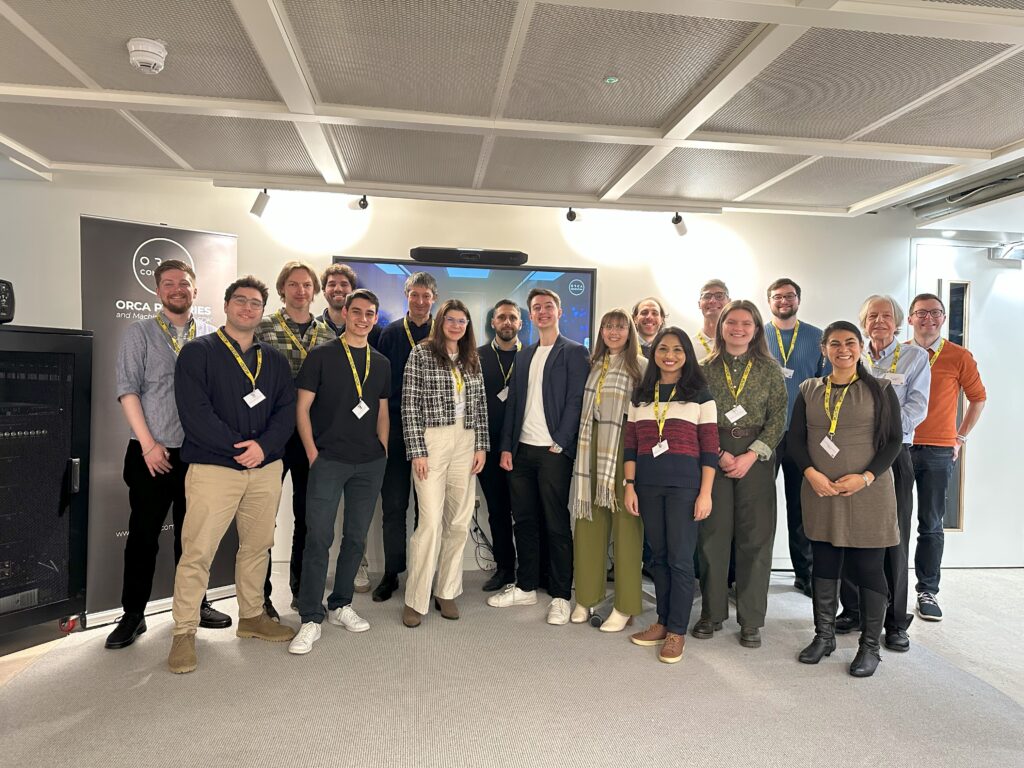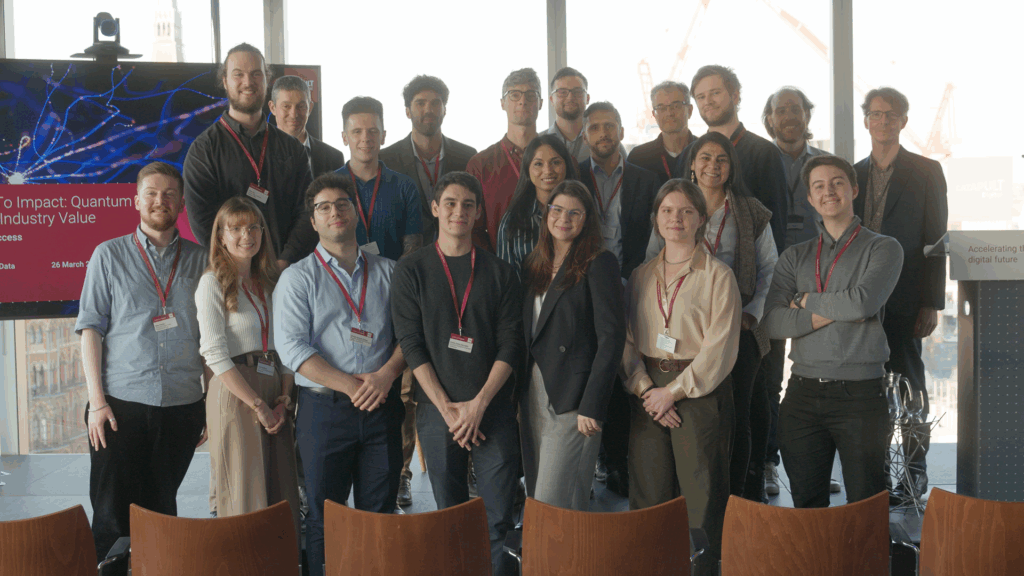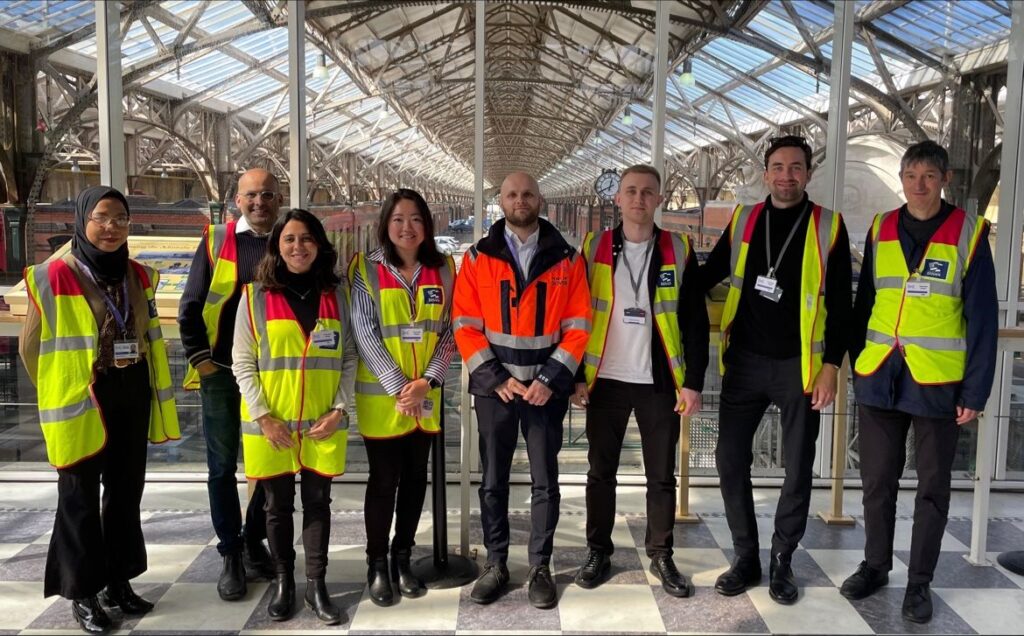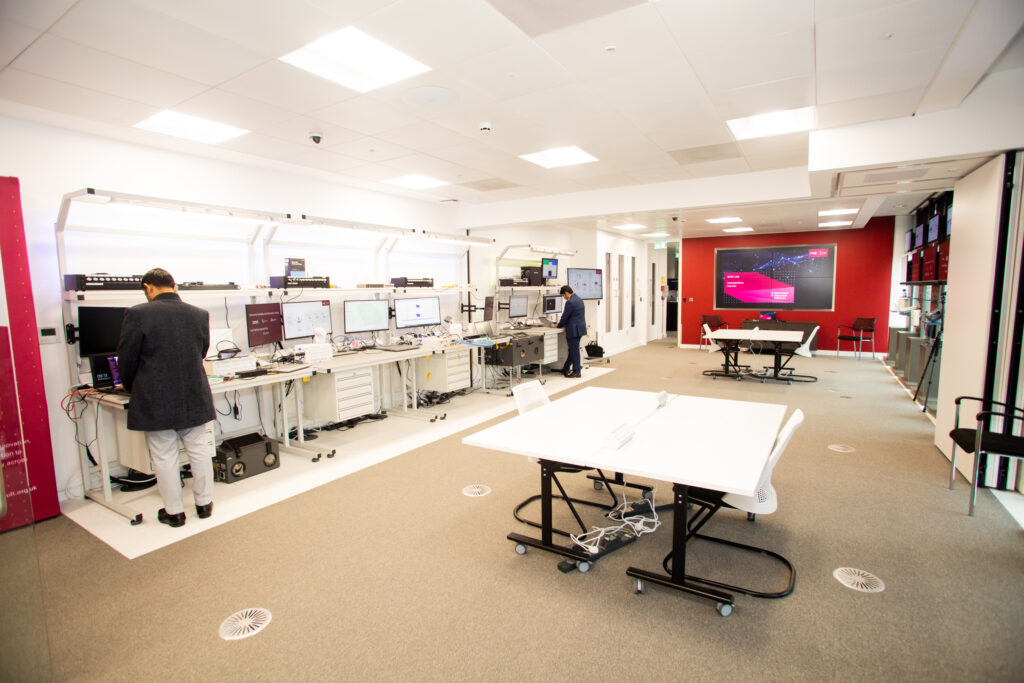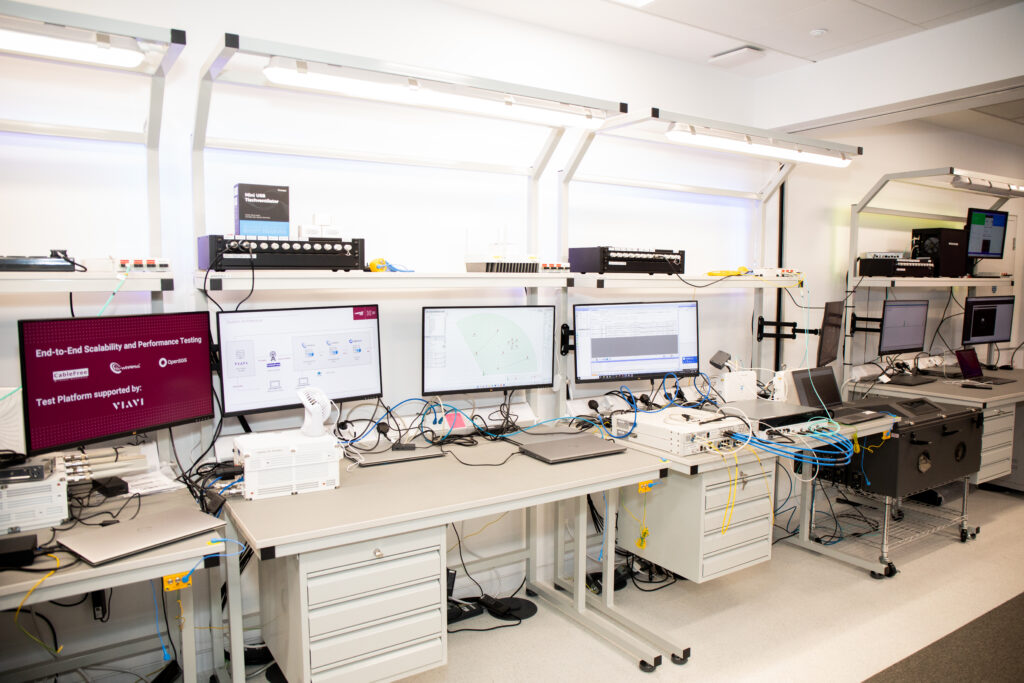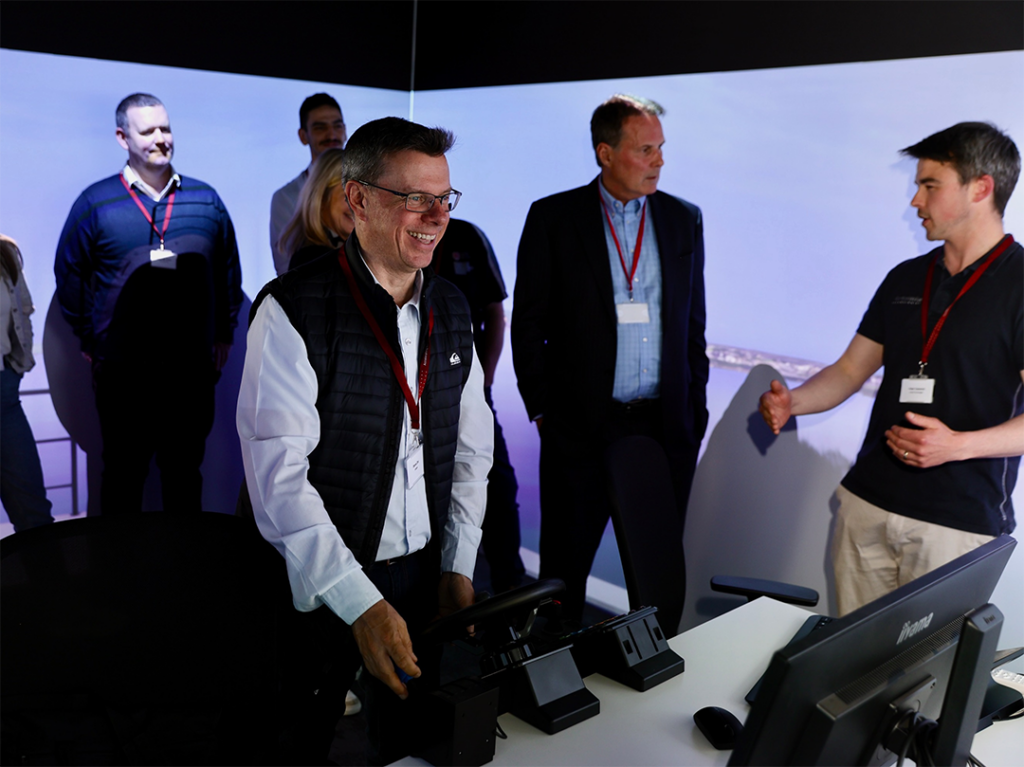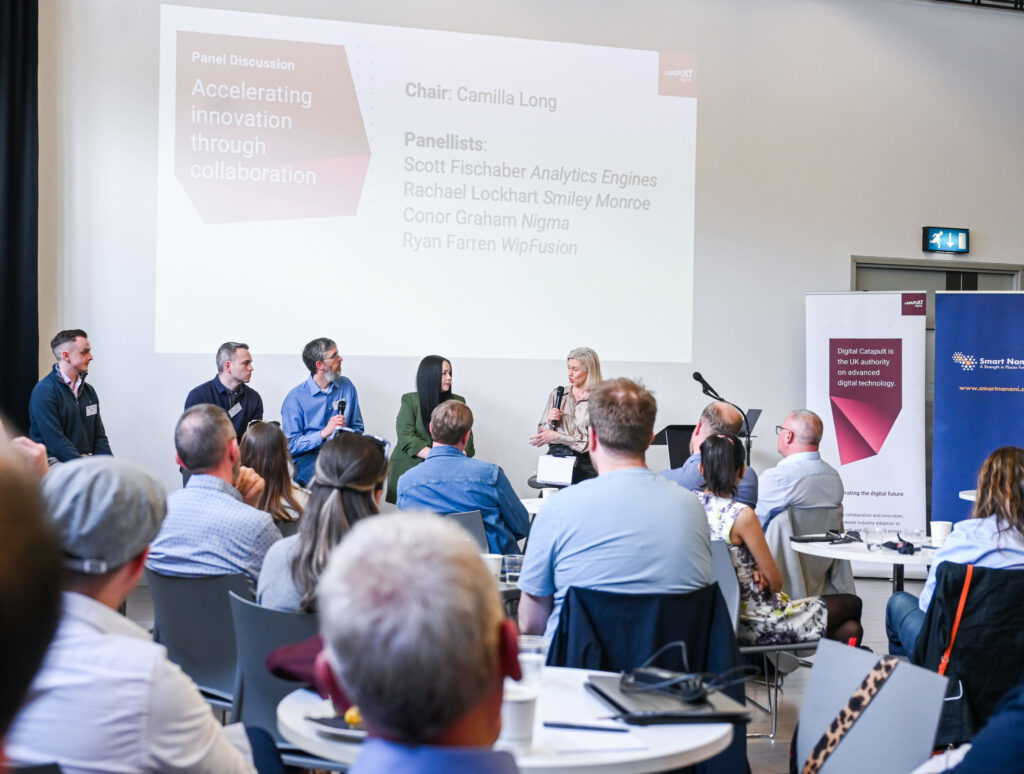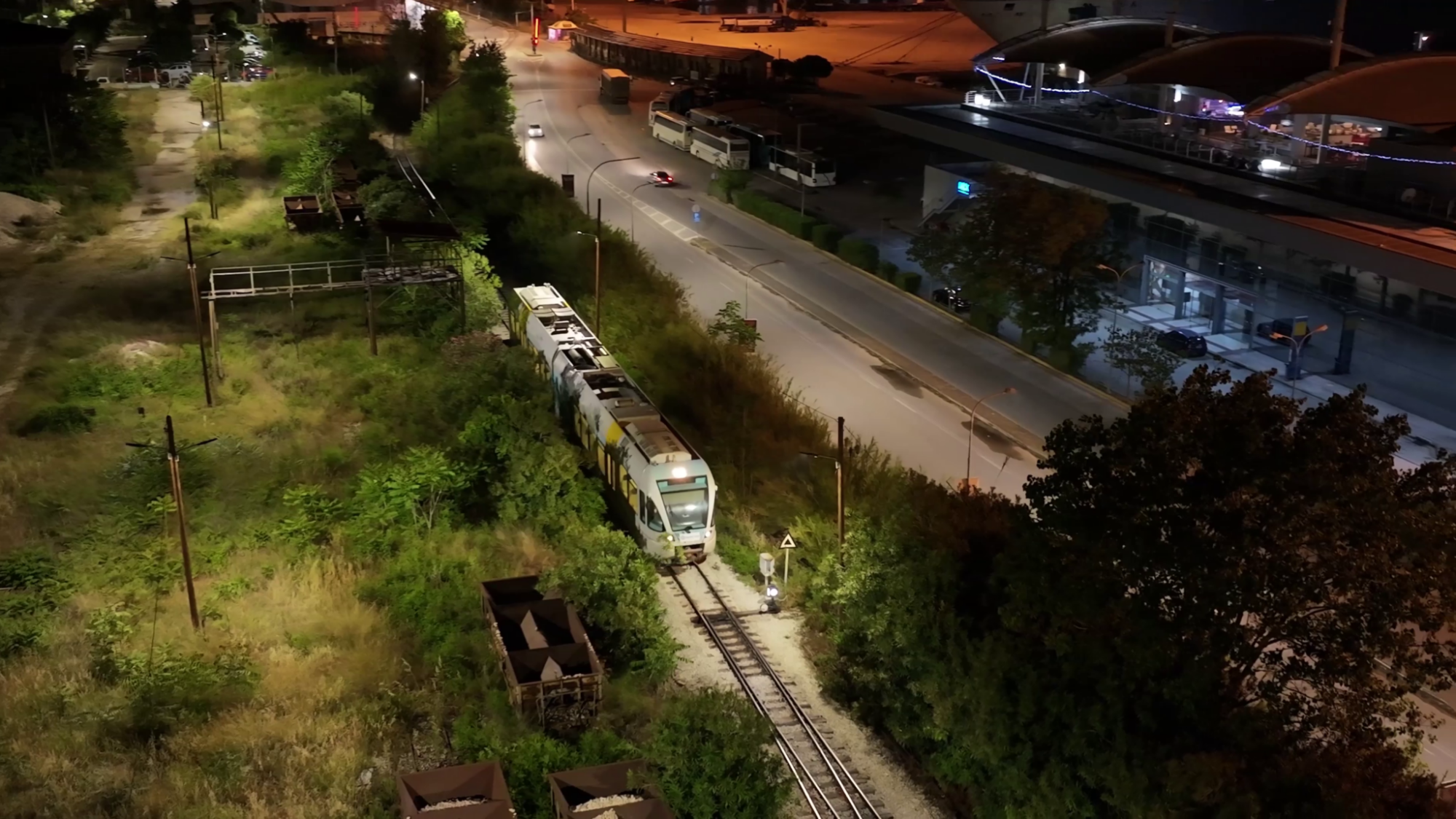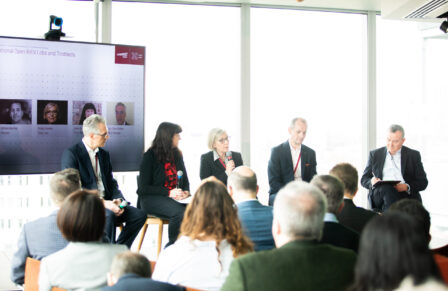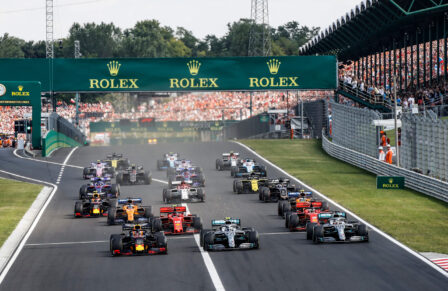In 2019, when Digital Catapult embarked on a pan-European, then three-year project to demonstrate 5G orchestration in live environments with 24 partners, the scope seemed complex enough. But add in a global pandemic, supply-chain disruption and bans on travel and in-the-flesh meetings, and it becomes quite a journey.
5G-VICTORI successfully crossed the finish line in 2023 with results that the whole consortium can be proud of, thanks tostrong working relationships across all partners, and a 13-month extension.
Digital Catapult’s team reflect on the programme and the extraordinary collaboration that has produced a platform which is now in the public domain.
Test 5G orchestration in four locations in the middle of a global pandemic? Challenge accepted
5G-VICTORI (VertIcal demos over Common large scale field Trials fOr Rail, energy and media Industries) set out to demonstrate how advanced 5G technology could transform services in diverse environments, establishing network infrastructure to support industrial use cases across different sectors.
The four main application verticals were:
- Media particularly video streaming applications
- Transport, both for safety critical rail operations and passenger infotainment, eg video on demand when on the train
- Factories of the future, looking at operations in an industrial environment
- Energy, both low-voltage energy, eg energy metering, and performance of high voltage networks
These verticals overlapped in places – such as video streaming on a train – so there were instances where the programme was looking at two verticals at the same time. This meant connecting the sectors using the same infrastructure for multiple applications.
Digital Catapult was part of a consortium of partners including industrial operators, research institutes and universities. We contributed and supported use cases and trials on all four testbeds (in Bristol, Berlin, Patras and Alba Iulia) to some extent, working closely with developers and all the programme partners, particularly the University of Bristol, Mativision and the wider UK cluster.
The major role for Digital Catapult’s 5G team was developing a new interdomain orchestration platform.
Kostas Katsaros, Digital Catapult’s Head of Technology, Future Networks & 5G, explains how this meant finding a way to open up the infrastructure to application developers who want to use 5G but don’t know how.
“We had done similar work with the University of Bristol in the past. We did some orchestration in 2019 on a big demo where we had musicians perform together in our offices in London and at Bristol. We used the concept of interdomain orchestration to deliver that kind of scenario.”
This demo provided a great starting point but could not be applied directly to 5G-VICTORI because, of course, having multiple test facilities across Europe made this programme much more complex. The different test beds had different requirements, so the team needed to work out how to build a platform that catered for such a diversity of infrastructure.
Not to mention the challenge of conducting field trials rather than operating in closed test environments. In Bristol the tests took place in the city centre on board a boat (the Matthew), in Berlin at Deutsche Bahn’s main train station, and in Patras within operational rail environments. Tests often had to take place in the middle of the night with all equipment dismantled in time for operations in the morning when real passengers needed to take the train to work.
“That kind of environment introduced new challenges,” Katsaros says. “You have to make sure that whatever you deploy is a zero-touch operation, so you press a button and don’t have to redo the whole thing.”
The resulting platform has this requirement baked in. “From the user experience perspective, they can say ‘I want this service to be deployed in this environment and run for this time of the day’ and then just press a button and it should automatically deploy, configure the network, and the user shouldn’t care what happens. They should get the streaming server up and running in as little time as possible.”
Working in live environments like this means that, unlike in the lab, there is not full control of all the variables. “Security particularly was a challenge. When we wanted to connect two networks and one was a public operator, let’s say in Greece, the other was a public operator in Romania, connecting and opening up the networks for experimentation was a big challenge,” Katsaros says.
That’s why it was so important to have a platform that automatically set up secure links and gave access to the underlying infrastructure. “That was something that the team learned from working in these different environments.”
After a period of design and development the team successfully built the baseline of the platform, delivering the first trials in May 2022 in Bristol. “Although it was just a single facility, the infrastructure and resource are quite large,” says Katsaros, “so we were able to emulate what it would be testing in a larger environment.” That initial success, followed by final trials in Bristol in October 2022, led to the realisation that the team had created something viable. The platform, 5G-VICTORI Infrastructure Operation System (5G-VIOS) is now in the public domain.
At the final review, the 5G-VIOS platform was identified as one of the key exploitable results of the project.
What an achievement. All whilst navigating the pandemic and the normal twists and turns of industry over the course of four years. There were operational changes in some of the partners, and a new partner brought in to replace one that left. Working with 24 partners is on the large side for projects like this but not entirely unusual, says Katsaros, and it certainly makes things dynamic.
“Getting to know and work with 24 organisations across Europe – it was interesting to see different cultures and personalities,” he says. In addition to that diversity, there was some familiarity for Katsaros too. With STEM being one of the educational priorities in Greece, universities are turning out a lot of skilled engineers and technologists who then join the 5G workforce. It turns out he’s among a large family of Greeks working in 5G.
Learnings for the future
From here, the work continues with more research and development, with a view to extend 5G-VIOS, making it more robust and adaptable. Longer term, the aim is to bring in artificial intelligence (AI) and machine learning (ML) components or automation tools.
Digital Catapult’s 6G project REASON began in March 2023 and will conclude in 2025, with a brief to extend the functionality of 5G-VIOS in 6G networks. Digital Catapult is working with the University of Bristol again, continuing the deep tech collaboration that dates back to Digital Catapult’s earliest days.
The learnings and outcomes from 5G-VICTORI form a foundation for new research, says Katsaros. “Using the learnings of how you build this modular architecture which is repeatable and extendable, the capabilities and the learnings we have gained through development of this platform are now within our team. We have a software development team, and our own in-house capabilities, to build new products in a similar way.”
A paper published in March 2024 in the Science Direct Journal on Computer Networks discussed the 5G VICTORI VIOS platform in detail. Read more here.
To find out more about Digital Catapult’s role in 5G-VICTORI and its wider 5G programme portfolio, click here.
